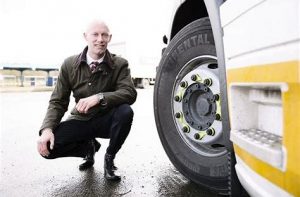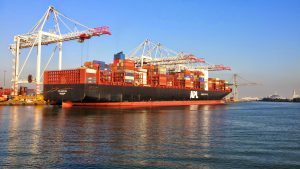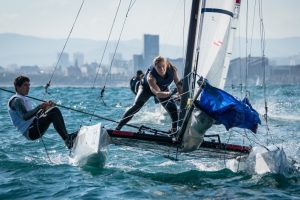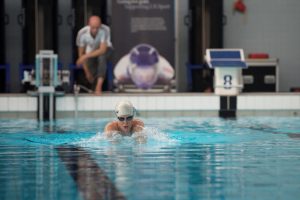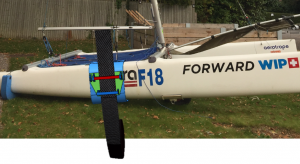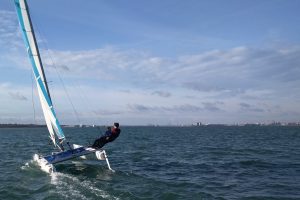Recent papers in Engineering Optimisation and Sports Engineering and Technology by lead author Dr Chris Phillips reported on work from his PhD studies investigating the energetics of underwater fly kick in swimming .

It is an interesting question in performance swimming, especially in longer events, is for how long and with what intensity an underwater fly kick can be used? A more intense, mainly lower leg intense kick may well allow a faster speed but is it worth the energy cost compared to a more whole body wave motion ?

This work carried out by the performance sport engineering laboratory used a combination of kinematic measurements of a world class swimmer, an applied fluid dynamics code using Lighthill’s method and a state-of-the-art muscoskeletal analysis code to use the measured motion, coupled with estimates of fluid loading to evaluate the likely muscle activity required and hence energy cost of two approaches to underwater fly kick. Optimisation methods were used to generalise the approach from a specific swimmer to a more general result.

So how should swimmers trade-off their techniques during a race? Watching the best, especially as they proceed through heats to final clearly shows that they understand that the trade-off is there to be made. But what is clear to all is that having a great underwater fly kick techniques that allows a swimmer to access both methods is a powerful tool to deploy in competition.

